How to Prime a Canvas Without Gesso: A Comprehensive Guide
If you’re an artist, then you know the importance of a good canvas. And if you want your paintings to last, then you need to prime the canvas before you start painting. But what if you don’t have any gesso on hand? Or maybe you’re just lazy and don’t feel like going to the store? In this article, we’ll show you how to prepare a painting without gesso using everyday items. So grab a paintbrush and let’s get started!
How to prep a canvas for acrylic paint without gesso
If you’re new to painting, or just want to try something different, you may be wondering about priming a canvas without gesso. Gesso is a white paint mixture used as a primer. It provides a smooth surface and gives your painting a nice texture. You can buy gesso at any art supply store, but it’s not necessary – there are other ways to prime a canvas that work just as well!
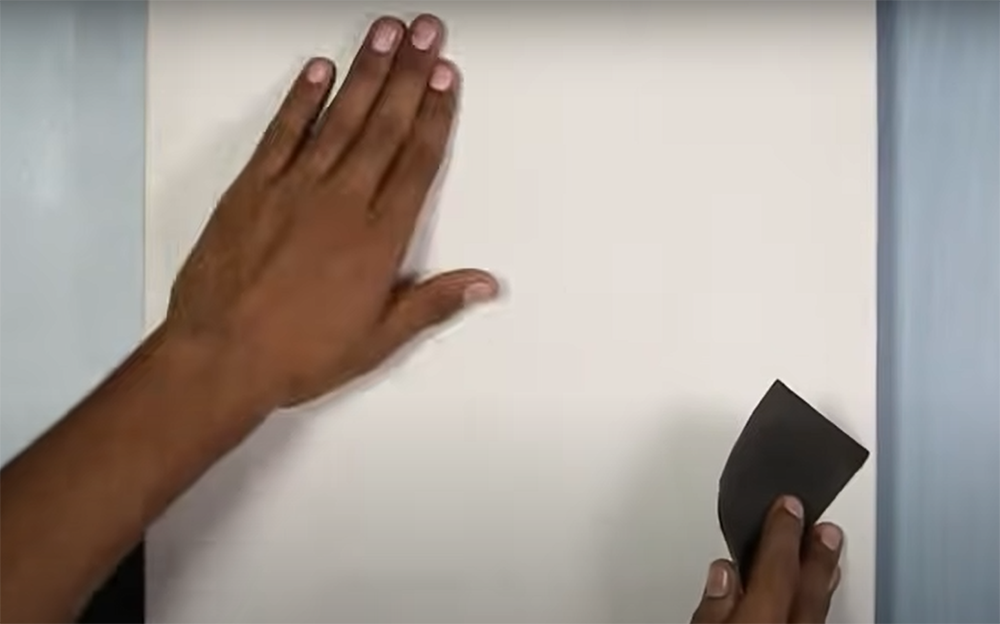
One way to prime a canvas is by using acrylic paint. Simply apply a thin layer of paint to the entire surface of the canvas and let it dry. This method works well if you’re planning on using acrylic paint for your project. Another option is to use white glue or mod podge. If you want to use other mediums, such as watercolor or oil paint, this approach is a good option. [1]
Once your canvas is primed, you’re ready to start painting! Have fun and experiment with different techniques. If you’re not sure what to paint, try looking for inspiration online or in magazines. There are endless possibilities when it comes to creating art, so don’t be afraid to explore new ideas.
Acrylic Based Gesso Alternatives
If you’re looking for an acrylic-based gesso alternative, Golden has a product called “Gesso Surface Prep”. It’s basically the same thing as gesso, just without the acrylic binder.
Another alternative is to use white acrylic paint thinned down with water. This will give you a similar effect to gesso, but won’t be as durable.
Finally, if you’re really set on not using anything acrylic-based, you can try priming your canvas with a layer of white glue. Just be sure to let it dry completely before painting on top of it.
Matte Medium
If you don’t have any gesso or acrylic paint, you can try using matte medium, an acrylic-based product that’s used as a glue and sealer.
Matte Gel
If you’re looking for something that’s similar to gesso, but without the acrylic binder, you can try using matte gel. The matte gel is basically just an acrylic polymer emulsion. You can find it at most art supply stores, or online.
To use it as a primer, mix it with water in a ratio of about 50/50. Then apply it to your canvas like you would any other primer.
Keep in mind that matte gel won’t be as durable as gesso, so you might want to consider adding another layer of something on top of it before painting.
Clear Gesso Primer
If you’re looking for a clear gesso primer, we have some bad news—there’s no such thing as a completely clear gesso. However, there are several semi-transparent options available that will allow the natural grain of your canvas to show through. We recommend Golden’s GAC 100 or Liquitex’s Clear Gesso for a professional-grade product that will get the job done without clouding up your paint colors.
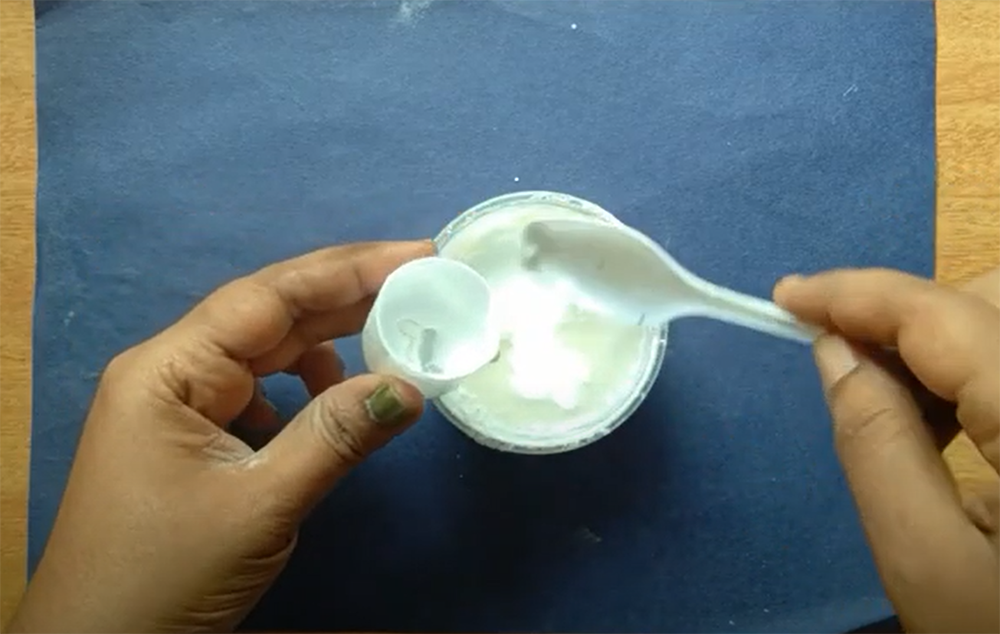
Just like with traditional gesso, you’ll want to apply your clear gesso in thin, even coats until the desired level of coverage is achieved. We suggest starting with two coats and then building up from there if necessary. Allow each coat to dry totally before adding the next, and you’re good to go! [2]
How to Paint a Canvas Without Gesso
One common question I get is whether or not you need to use gesso. The short answer is no – you don’t need gesso to prime a canvas. However, there are some benefits to using it. Gesso will create a smoother surface for the painting, and it also helps your paint adhere to the canvas better.
If you decide to skip the gesso, there are still plenty of ways to prime your canvas so that it’s ready for painting. One option is to use an acrylic medium. You can either apply it with a brush or a roller.
Another option is to use white paint. This is a great way to get coverage without spending too much money, and it will also help your other colors pop. Simply apply two coats of white paint to your canvas, and you’re good to go!
No matter what method you choose, make sure that your canvas is completely dry before starting painting. Otherwise, you’ll end up with a muddy mess.
Paint With Acrylics
If you’re looking for vibrant colors and a smooth finish, then acrylics are the way to go. And luckily, they’re super easy to use – even for beginners. Just keep in mind that acrylics dry quickly, so you’ll need to work fast.
To get started, simply squeeze out some paint onto your palette. Then dip your brush into the paint, and start applying it to your canvas. If you want thinner strokes, add water to your brush before you start painting.
You can also create interesting effects by using different types of brushes. For instance, try using a dry brush to create texture on your painting. Or use a wet brush to blend two colors together.
Experiment with different techniques until you find ones that you like. And don’t be afraid to make mistakes – that’s all part of the learning process!
Rabbit Skin Glue
If you’re looking for a more traditional way to prime your canvas, then rabbit skin glue is a great option. This was the method that artists used before gesso was invented, and it’s still popular today.
To use it, simply mix it with water until it forms a thin paste. Then brush it onto your canvas, and let it dry totally. Once it’s dry, you’re ready to start painting!
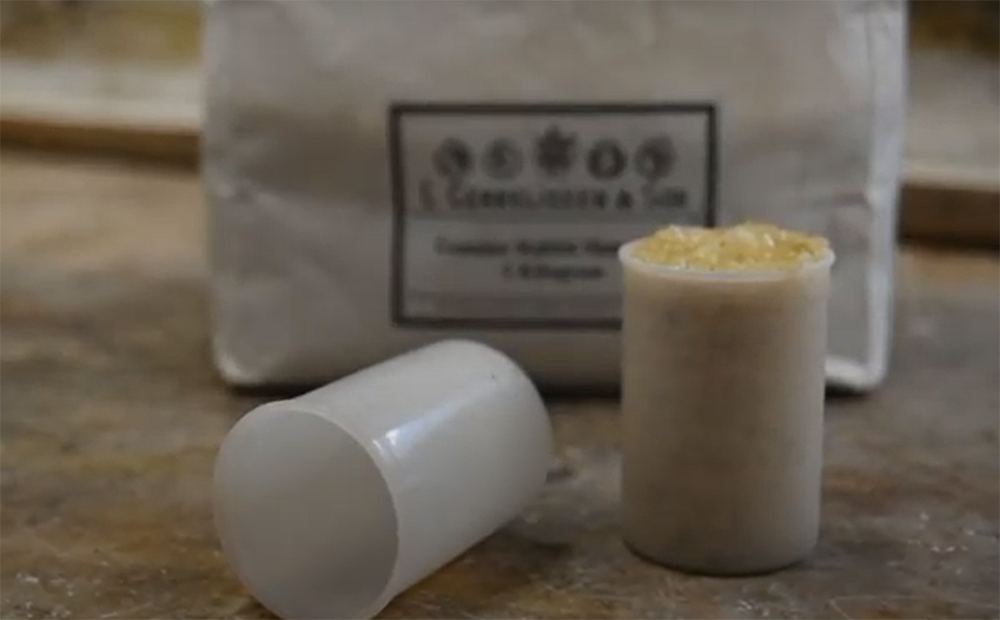
Rabbit skin glue will create a slightly textured surface on your canvas, which can be interesting to work with. And like gesso, it will also help your paint adhere better.
Stain Painting
Stain painting is a great way to add color to your canvas without using traditional paint. This technique involves applying stains directly to the canvas and then blending them together.
To get started, choose a few colors that you want to use. Then apply the stains to your canvas with a brush or a rag. Make sure that you work in small sections, so that the stains don’t dry before you have a chance to blend them.
Once you’ve applied all of the stains, take a wet brush and start blending them together. You can also use a spray bottle filled with water to help blend the colors. [3]
Keep working until you’re happy with the results. Then let your painting dry before moving on!
How to Make Your Own Gesso
If you’re in a pinch for money, you may produce your own gesso at home! All you need is white paint, glue, and calcium carbonate powder.
Once you’ve applied your homemade gesso, leave it to dry for 24 hours before painting on top of it.
Where to Get Talcum Powder From
You can find talcum powder at most pharmacies or drugstores. If you have trouble finding it, try looking for it online.
What White Glue Should you Get?
For this project, you’ll need white glue, also known as Elmer’s glue. You can find it at most craft stores or online. White glue is simple to make, and the method for doing it is shown above.
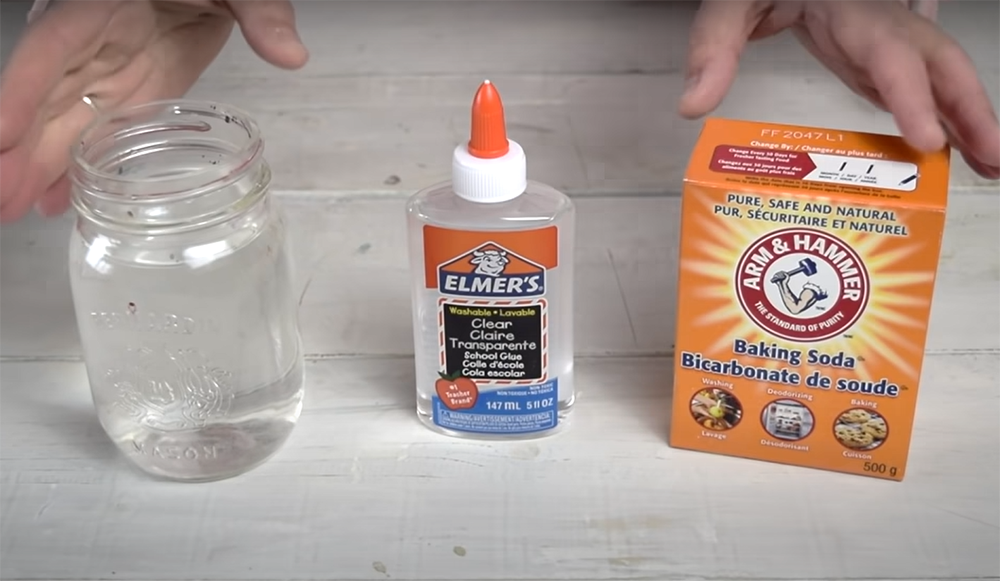
Mixing it All Together
Once you have all of your ingredients, it’s time to mix them together! Combine the white paint, glue, and talcum powder until you have a smooth paste. Then, apply it to your canvas in the same way you would store-bought gesso.
Before applying paint over your homemade gesso, allow it to dry for 24 hours.
And that’s all there is to it! With this simple guide, you’ll be able to prime a canvas without gesso like a pro. [4]
Experiment with different techniques and see what works best for you. With a little practice, you’ll be a pro in no time.
Can Acrylic Paint Be Used Instead of Gesso?
The short answer is yes! Acrylic paint may be used as a primer for your canvas, however, we do not recommend it to be used exclusively. Gesso provides a few benefits that acrylics cannot match, namely its absorbency and thickness. That being said, if you thin out the acrylic paint enough, it can be used as an effective primer. We would recommend adding no more than 50% water to your acrylic paint to get the desired consistency.
Another great benefit of using thinned-out acrylics as a primer is that you can tint it to better match the color palette of your painting. This can be helpful if you want to avoid having too much white space in your work. Simply mix in a small amount of any color you’d like until you get the desired hue.
Acrylics as a primer takes longer to dry than gesso. We would recommend giving it at least an hour or two to fully set before starting your painting.
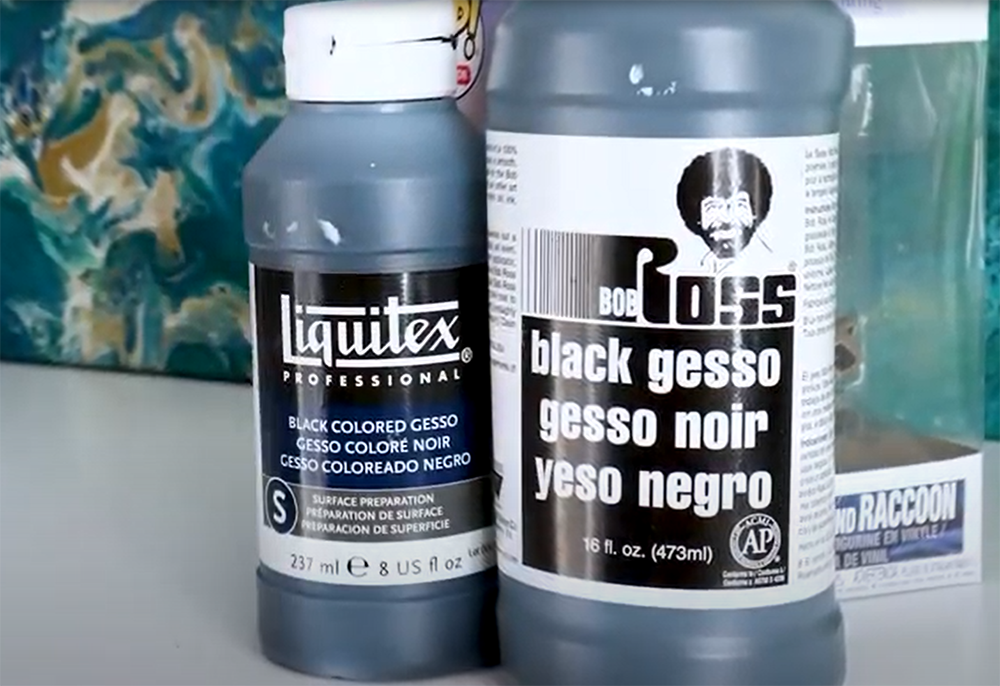
FAQ
Is Gesso Necessary for Acrylic Painting?
No, acrylic painting does not require gesso, but most artists do recommend it. Gesso provides a smooth surface for paint application and gives your painting a more professional look.
If you choose not to use gesso, you can still prime your canvas with a variety of other materials. Some common alternatives to gesso include white paint, primer, or even clear packing tape.
Each of these materials has its own set of pros and cons, so be sure to do your research before deciding which one is right for you. [5]
In general, gesso is the best option for priming a canvas because it provides the smoothest surface and gives your painting the most professional appearance. However, if you’re on a budget or have specific preferences, there are plenty of other materials you can use to prime your canvas.
What can I use instead of gesso to prime a canvas?
You can actually use a variety of different things to prime a canvas instead of gesso. One popular alternative is white paint. You can either buy white acrylic paint or make your own by mixing titanium white with another color. Another option is to use an acrylic polymer medium, which will give you a smoother surface to work on. If you’re looking for something cheaper, you can try using glue or even shaving cream!
Whichever method you choose, ensure to apply it evenly over the entire surface of the canvas so that your painting turns out looking great.
Do I need to prime my canvas if I’m going to paint with oils?
Yes, it’s definitely recommended that you prime the canvas before painting with oils. This is because oil paint can be very difficult to remove from an unprimed canvas, and it can also seep into the fabric and damage it. By priming your canvas first, you’ll create a barrier between the paint and the fabric, which will protect your canvas and make it last longer. [6]
What are the benefits of priming a canvas with gesso?
Gesso is a type of primer that’s specifically designed for use on canvases. It’s usually white or off-white in color, and it dries to a hard, smooth finish. One of the biggest benefits of using gesso is that it provides an excellent surface for painting on. It also helps to protect the fabric of the canvas from the paint, and it can even make your painting look more professional.
Can I paint a canvas without gesso?
The short answer is yes! You can paint on a raw canvas without any size or primer. However, we don’t recommend it unless you’re an experienced painter. It’s much harder to get even coverage and the results are often less than ideal.
If you’re set on painting sans gesso, make sure to choose high-quality acrylic paint that’s designed for use on bare canvas. We also recommend doing a few test swatches on scrap pieces of fabric before tackling your project head-on. This will help you get a feel for the absorbency of the fabric and how the paint behaves when applied directly to it.
Can you prime a canvas with white paint?
Yes, you can prime a canvas with white paint. You will need to use thicker paint for this though so that it doesn’t seep through the canvas and ruin your painting. We would recommend using oil-based paint or heavy body acrylic for this. If you’re using watercolors, you’ll need to make sure that the paint is completely dry before adding another layer on top.
One thing to keep in mind is that if you’re going to be using white paint as your primer, it’s best to start with a light color on your palette. This way, if any of the white paint does seep through, it won’t affect the colors underneath too much.
Another option is to use a white gesso. This is a type of primer that’s specifically made for artists and it will provide a nice, even base for your painting. It’s also great at sealing the canvas so that paint doesn’t seep through.
If you’re not sure what gesso is, it’s basically just a mixture of chalk and glue. You can usually find it in art supply stores or online. Just make sure to get the right type of gesso for your needs – there are different types depending on whether you’re using oil or acrylic paints.
Once you have your primer, you’re ready to start painting! Just remember to let each layer dry completely before adding the next one on top. And if you’re using white paint, be sure to start with a light color on your palette.
Useful Video: DIY gesso – save money and make your own gesso for acrylic painting
Conclusion
Now that you know all about how to prime a canvas without gesso, it’s time to get out there and start creating! Remember, the type of primer you use will depend on the project you’re working on. If you’re not sure which one to use, try out a few different types and see what works best for you. Thanks for reading and happy priming!
References:
- https://www.quora.com/How-do-you-prep-a-canvas-for-acrylic-paint-without-gesso
- https://drawandpaintforfun.com/gesso-alternatives/
- https://www.ehow.com/how_7724156_paint-canvas-gesso.html
- https://loveacrylicpainting.com/how-to-make-gesso/
- https://www.artistsnetwork.com/artist-life/what-the-heck-is-gesso/
- https://feltmagnet.com/painting/How-to-Prepare-a-Canvas-for-Acrylic-Painting








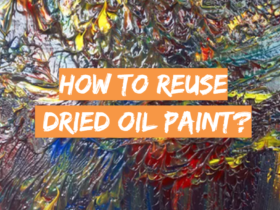
Leave a Review